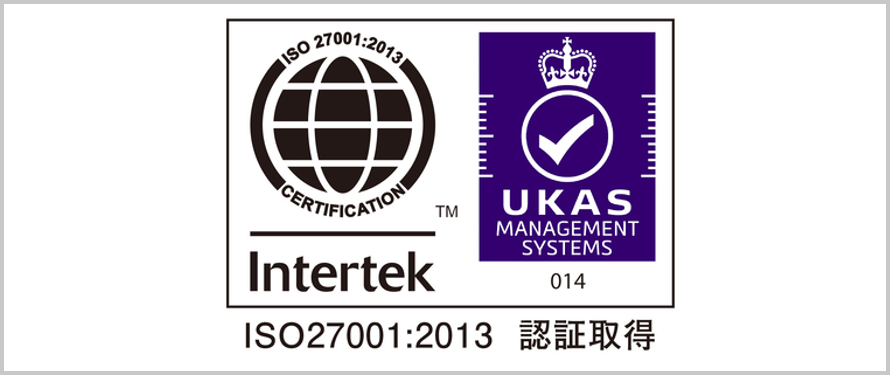Tell me about Amazon Route 53
![]() Amazon Route 53 is a service with AWS domain management and authoritative DNS functions. You can set and manage domain information and zone information from the Web console or Web API. In addition to managing domains and DNS information, it can improve availability and response with various functions such as network traffic routing and changing connection destinations depending on the system status of the connection destination.
Amazon Route 53 is a service with AWS domain management and authoritative DNS functions. You can set and manage domain information and zone information from the Web console or Web API. In addition to managing domains and DNS information, it can improve availability and response with various functions such as network traffic routing and changing connection destinations depending on the system status of the connection destination.
Features of Amazon Route 53
● High availability and low latency
Amazon Route 53 is a global DNS service that provides high availability. You can use servers across multiple geographic regions to ensure that user requests are processed correctly, even in the event of a failure. Additionally, AWS's global network allows requests to be routed to the nearest server. This helps minimize user wait times and delays.
● Scalability
Our fast and reliable DNS service can handle billions of requests from millions of clients. It can automatically increase or decrease traffic, so it can handle large and sudden increases in traffic.
● DNS record management
You can perform operations such as registering domain names and setting, updating, and deleting DNS records from the AWS Management Console. It can also be managed using the CLI or API.
● Traffic Routing
Controlling traffic routing allows you to distribute traffic to different regions and different endpoints. It also supports custom routing policies such as weighted routing, geographic routing, latency routing, and failover routing.
● Health Checks
Endpoint health checks allow you to monitor endpoint availability and automatically redirect traffic to another endpoint in the event of a failure. Health checks can be performed using HTTP, HTTPS, TCP, and a combination of HTTP/HTTPS.
● Security
Amazon Route 53 provides features to ensure the security of DNS queries. DNSSEC ensures that DNS queries have not been tampered with. In addition, by combining it with Route 53 Resolver, you can connect to other AWS services from applications within your VPC using the DNS resolver.
● Monitoring
Provides real-time monitoring of DNS record changes and traffic changes. You can also use Amazon CloudWatch to monitor Amazon Route 53 health checks and traffic changes. You can also use AWS CloudTrail to check your Amazon Route 53 activity logs.
● Integration with AWS services
Amazon Route 53 supports integration with other AWS services. For example, you can perform traffic routing by associating public IP addresses maintained by Amazon EC2 instances, ELB (Elastic Load Balancing), Amazon CloudFront, etc. with DNS names. You can also host static websites and distribute content to Amazon S3 buckets.









